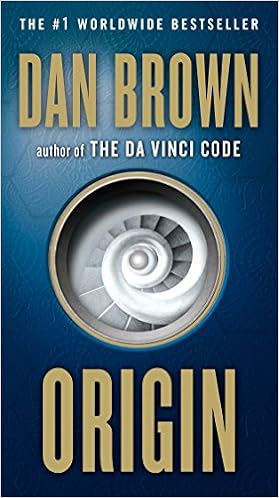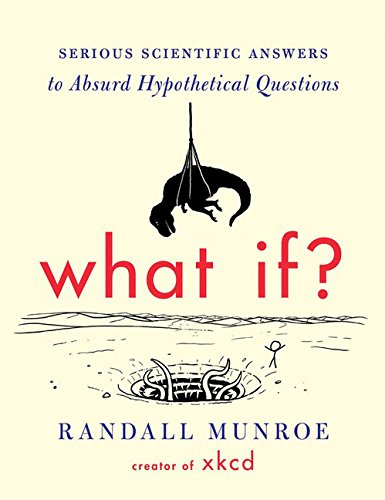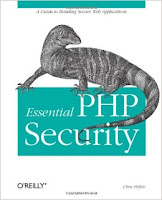The following collection was started in 2015. The reason I decided to start it in 2015 is because I would prefer to re-read most of the books that I've read prior to that year.

53). The Road to learn React
Robin Wieruch
Dino Cajic

51). Head First JavaScript Programming
Eric Freeman and Elisabeth Robson

50). Harry Potter and the Sorcerer's Stone
J.K. Rowling

49). Consciousness and the Brain: Deciphering How the Brain Codes Our Thoughts
Stanislas Dehaene

48). Origin
Dan Brown

47). Fire and Fury: Inside the Trump White House
Michael Wolff

46). Computer System Architecture: 3rd Edition
M. Morris R. Mano

45). Who's in Charge?: Free Will and the Science of the Brain
Michael S. Gazzaniga

44). Life 3.0: Being Human in the Age of Artificial Intelligence
Max Tegmark

43). CodeIgniter for Rapid PHP Application Development
David Upton

42). Concepts of Programming Languages (11th Edition)
Robert W. Sebesta

41). Head First C: A Brain-Friendly Guide 1st Edition
David Griffiths and Dawn Griffiths

40). Head First Algebra: A Learner's Guide to Algebra I
Dan Pilone and Tracey Pilone

39). The Future of the Mind: The Scientific Quest to Understand, Enhance, and Empower the Mind
Michio Kaku

38). Object-Oriented Software Engineering Using UML, Patterns, and Java (3rd Edition)
Bernd Bruegge and Allen H. Dutoit

37). The Professor
Robert Bailey

36). Plato Five Dialogues 2nd Edition
John M. Cooper

35). What if? Serious Scientific Answers to Absurd Hypothetical Questions
Randall Munroe

34). Go Set a Watchman
Harper Lee

33). The Einstein Prophecy
Robert Masello

32). The Autobiography of Malcolm X as told by Alex Haley
Alex Haley

31). Mindfulness: How to Live in the Present Moment without Stress and Anxiety
Anne Williams

30). Complete Guide of YouTube to Make Big Following
Harry Jones

29). Instagram Blackbook
Author: J. Holmes

28). Instagram Marketing: Grow Real Followers
Author: Jennifer Puno

27). Divine Madness
Author: Robert Muchamore

26). CSC2310: Principles of Computer Programming
Author: Georgia State University
Author: Sun Tzu
Author: Larry Ullman
Author: Ali Almossawi
Author: George Schlossnagle
Author: Y. Daniel Liang
In Progress (Not Finished)
Author: Harper Lee
Author: Kathleen McGowan
Author: Chris Shiflett
Author: Larry Ullman
Author: Robert Greene
Author: Kathleen McGowan
Authors: Luke Welling | Laura Thomson
Author: Stephen Hawking
Author: Stephen Hawking
Author: Julian Jaynes
Authors: John Marr | John Baldwin
Author: Dan Brown
Author: Dan Brown
Author: Dan Brown
Author: Dan Brown
Author: Dan Brown
Author: Dan Brown
Authors: Ian Caldwell | Dustin Thomason
Author: Rhonda Byrne
Authors: Lynn Beighley | Michael Morrison
 27). Divine Madness
27). Divine Madness



















































Comments
Post a Comment